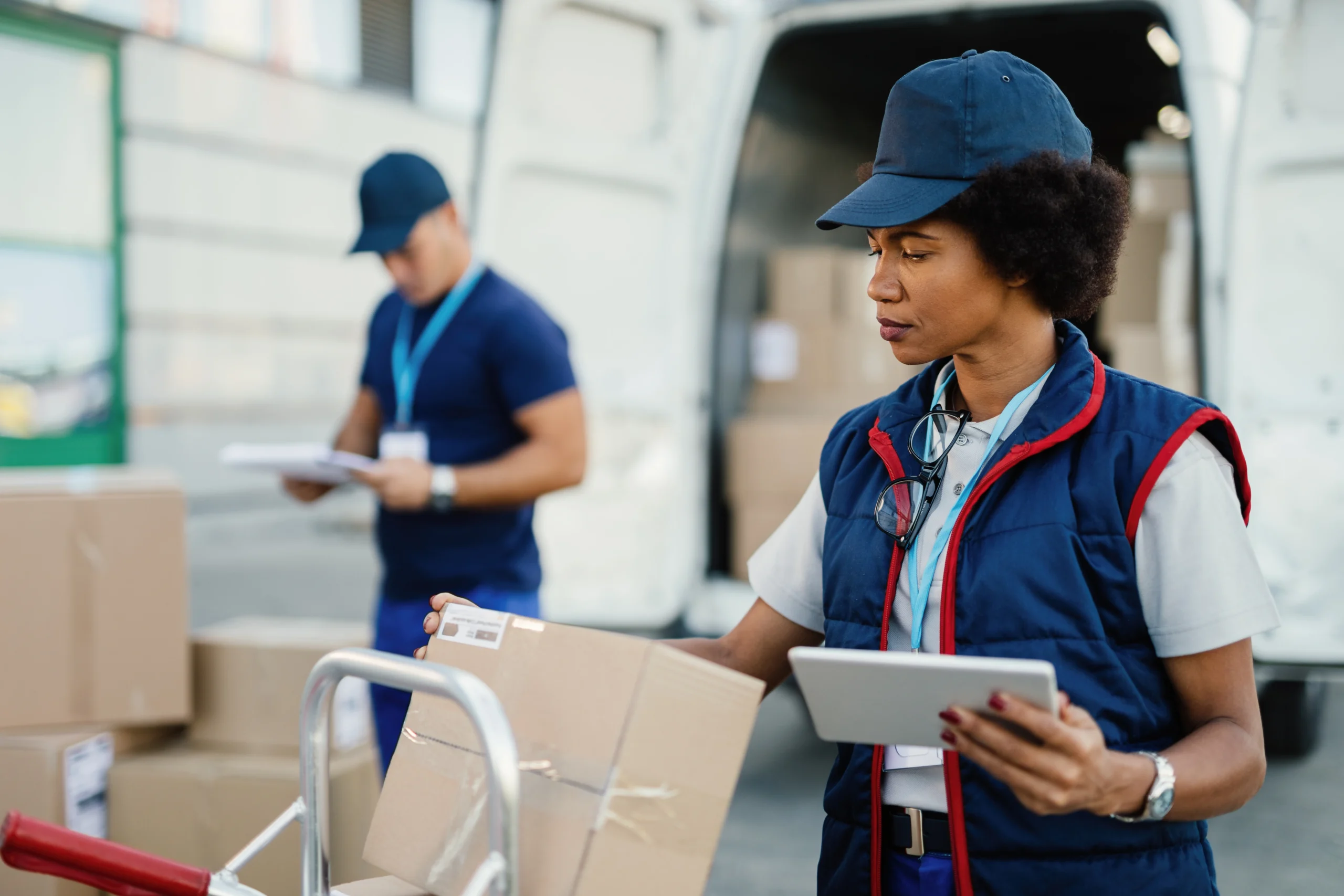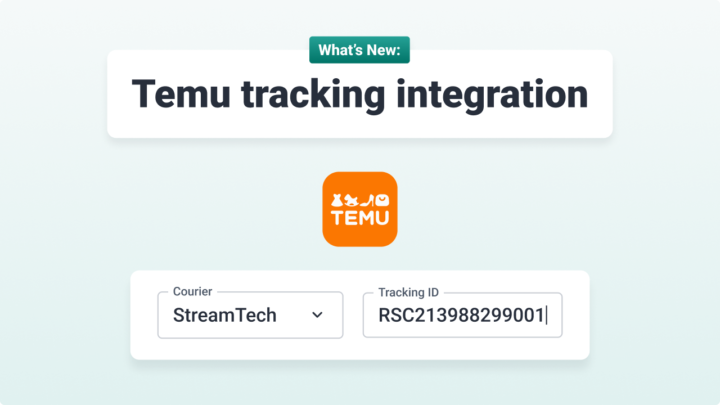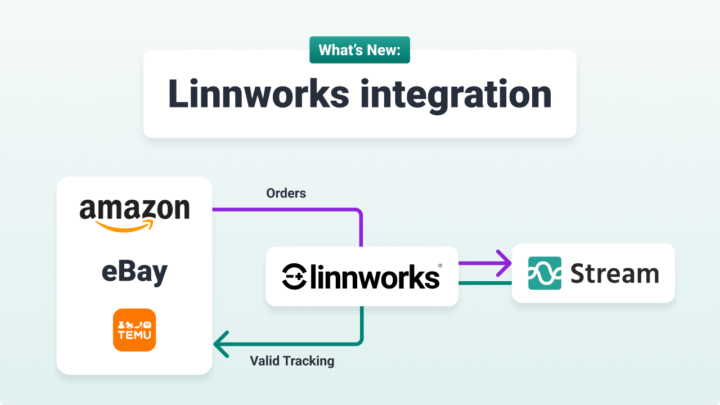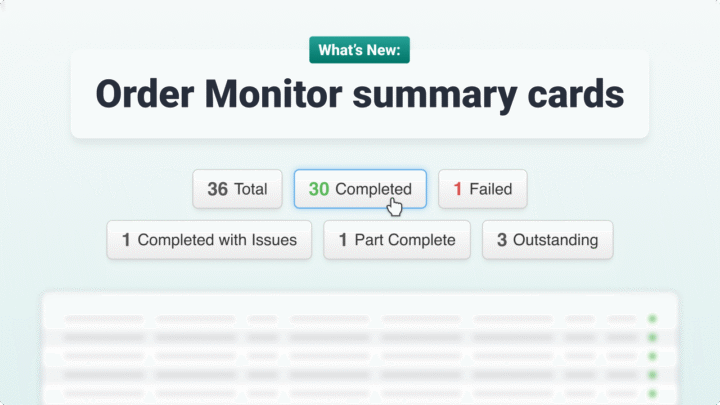In an increasingly digital logistics operation, businesses are constantly looking for ways to optimise their operations, boost efficiency, and enhance customer satisfaction.
One area that continues to see significant transformation is the last mile, largely thanks to the emergence of electronic Proof of Delivery (ePOD) and other data capture features such as mobile delivery forms.
These digital solutions have revolutionised how businesses manage their deliveries, offering a powerful and cost-effective alternative to traditional, outdated paper-based systems.
Defining mobile delivery forms
Mobile delivery forms are digital forms that can be accessed via a dedicated mobile application on a mobile device.
They’re designed to replace physical a host of paper-based forms many businesses use during the proof of delivery (POD) process, including inspections, checklists, and risk assessments.
This allows businesses to collect additional, detailed information in electronic format, helping to streamline operations and ensure accuracy.
The key features and benefits of mobile delivery forms
Mobile delivery forms come equipped with a range of features that contribute to their effectiveness and widespread adoption:
Comprehensive information capture
They enable the effortless capture of a wide array of information directly at the point of delivery (and collection if required in the case of Stream).
This can include anything from customer feedback and specific delivery instructions to condition reports of goods, offering an added layer of detail in comparison to simply capturing ePOD.
Flexible question types
To accommodate diverse data collection needs, these forms offer various question types. Transport Management Systems such as Stream allow users to incorporate simple ‘Yes/No’ questions, utilise dropdown lists for predefined answers, and include ‘free/open text’ fields for more detailed, custom information.
Instant data accessibility
Information captured through mobile delivery forms is immediately accessible and can be shared across the organisation at both the item and order levels. This real-time data access allows for quicker decision-making and improved communication.
Form responses can also be integrated into order tracking URLs and PDF documents that are sent to customers, providing them with comprehensive delivery details.
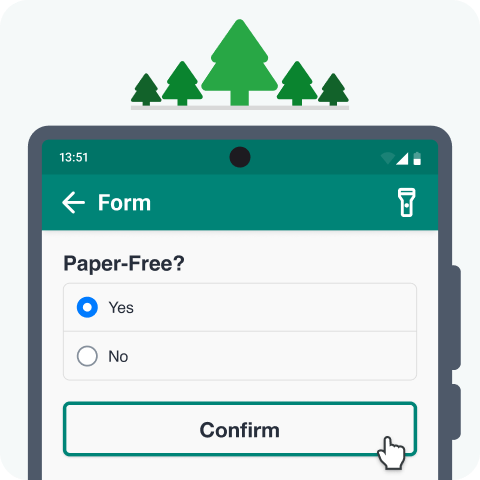
Enhanced sustainability
By transitioning from paper to digital, mobile delivery forms significantly reduce paper consumption. This shift supports more eco-friendly operations and eliminates the common fear of losing important physical documents, contributing to a more sustainable business model.
Granular data capture
These forms facilitate the capture of detailed information, from the overall order down to individual line items. This level of detail is crucial for precise inventory management, quality control, and dispute resolution.
Secure data storage
All data and analytics collected through mobile delivery forms is securely stored, typically for an extended period, such as 18 months, with options to extend storage even further to 6 years. This ensures that valuable delivery data is protected and available for auditing and analysis when needed.
Use cases for Stream Forms
Our mobile forms feature has been used by a number of different Stream subscribers in some interesting ways.
We have subscribers using Forms to complete and store PAT Testing information when installing electronic devices.
Others have used Forms for Waste Transfer Notes.
Some of our furniture delivery companies have replaced their paper-based ‘Room of Choice’ forms with Stream Forms.
We also have subscribers who deliver wood pellets to domestic customers who capture information about pressures, hopper capacities, conditions and other information that previously would have been collected on paper-based forms.
Conclusion
Mobile delivery forms represent a significant leap forward in optimising delivery logistics and overall business operations.
By providing a robust, flexible, and secure platform for data capture, they empower businesses to enhance efficiency, reduce costs, improve accuracy, and contribute to a more sustainable future.
Embracing this technology can lead to a more streamlined and responsive delivery ecosystem, ultimately benefiting a number of supply chain stakeholders, businesses, and their customers.
For more detailed information, you can visit our Mobile Delivery Forms feature page.
